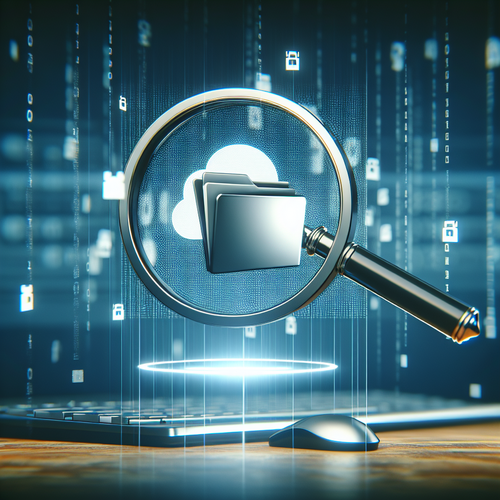
How to Scan Files with ClamAV
How to Scan Files with ClamAV
ClamAV is a highly effective and widely used open-source antivirus engine designed for detecting malware and viruses. This tutorial guides you through the process of scanning files with ClamAV on a Linux system. With its powerful command-line interface, ClamAV is an indispensable tool for ensuring the security of your files.
Prerequisites
- A Linux system with ClamAV installed. If not installed, refer to our previous guide on installing ClamAV on Linux.
- Basic command-line knowledge.
- Internet connection to update virus signatures.
Step-by-Step Guide to Scan Files
Step 1: Update ClamAV Virus Signatures
Before scanning, it’s essential to ensure your virus database is up-to-date. You can update it using the following command:
sudo freshclamThis command connects to the ClamAV servers and downloads the latest virus definitions. Regular updates improve detection rates significantly.
Step 2: Scanning Files
To scan a specific file or directory, use the clamscan command. Here’s how you can scan a single file:
clamscan /path/to/fileTo scan an entire directory, use:
clamscan -r /path/to/directoryThe -r option enables recursive scanning, which is useful for scanning all files within a directory.
Step 3: Handling Infected Files
If ClamAV detects any malware during the scan, it will display the infected files in the terminal output. You can log the scan results to a file for review:
clamscan -r /path/to/directory --log=/path/to/logfileOnce identified, you may choose to delete or quarantine infected files to prevent further infection.
Step 4: Advanced Options
- Move Infected Files: You can move infected files to a different directory using the
--moveoption:
clamscan -r /path/to/directory --move=/path/to/quarantine--exclude option to skip specific files or directories.clamscan -r /path/to/directory --exclude='/path/to/exclude'Troubleshooting Common Issues
If you encounter issues, such as ClamAV not updating, ensure the freshclam daemon is configured correctly and has network access. Also, check for permissions issues that might prevent ClamAV from accessing files or directories.
Summary Checklist
- Ensure ClamAV is installed and updated.
- Use
clamscanwith necessary options to scan files and directories. - Log scan results for future reference.
- Regularly update virus definitions and perform scans to maintain security.
By following these steps, you can effectively use ClamAV to scan and secure your files against malware and viruses on your Linux system. For more Linux security tools, check our guide on Top 5 Linux Distros for Cybersecurity Professionals.













